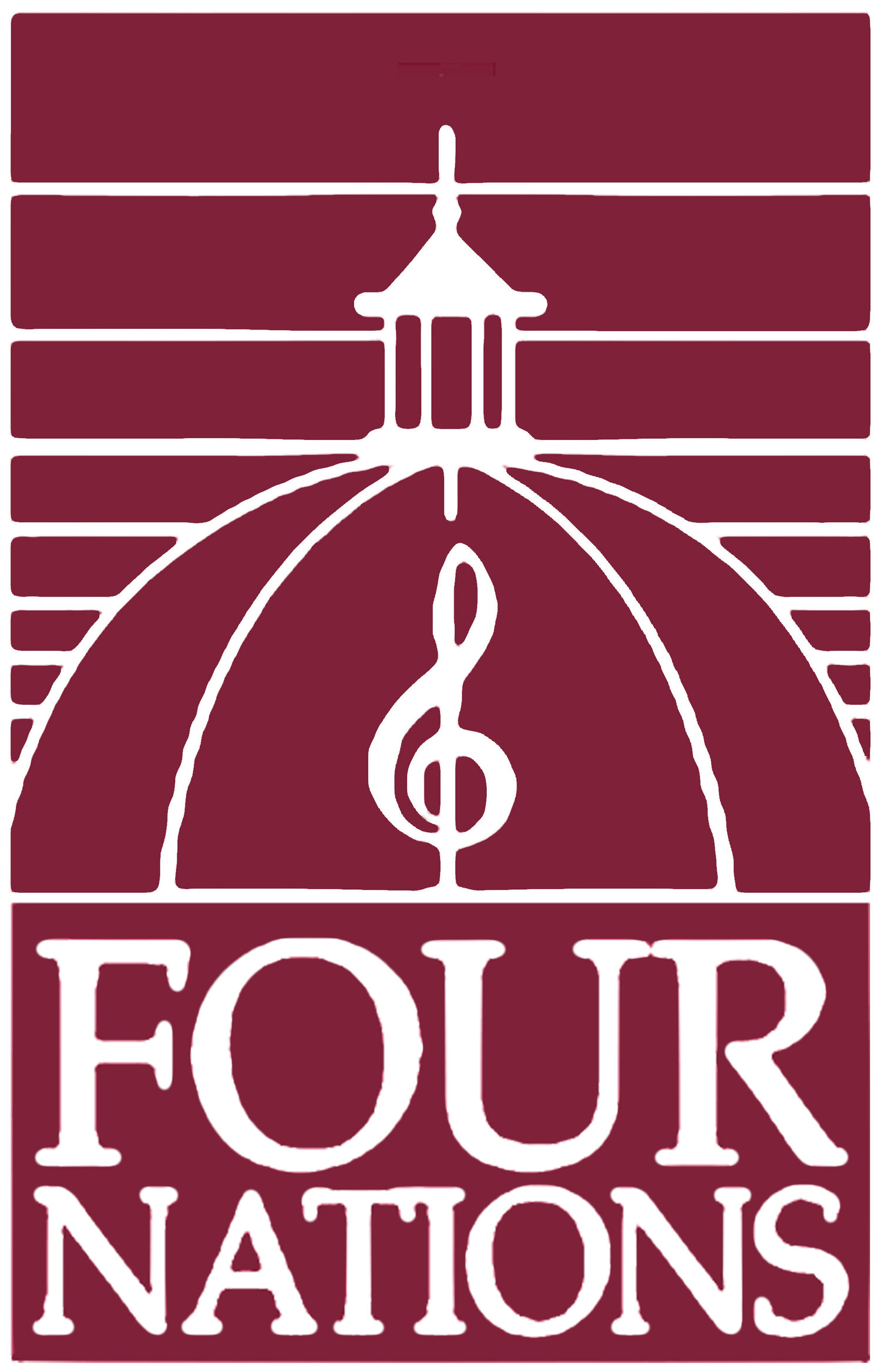The School of Naples
Thursday, May 30 at 7:30 PM
The Church of the Holy Trinity
316 East 88 Street, New York City
Robert Walter Weir, The Bay of Naples
THE ARTISTS
Pascale Beaudin, soprano
Steven Marquardt, trumpet
Olivier Brault & Evan Few, violin
Nicole Divall, viola
Loretta O'Sullivan, cello
Anne Trout, violone
Scott Pauley, lute
Andrew Appel, harpsichord
THE PROGRAM
Handel
Eternal source of Light Divine
Durante
Concerto III for strings in G minor
A. Scarlatti
Sinfonia from Il Giardino d’Amore
Porpora
Concerto V in E minor, Opus 2
Fiorenza
Concerto for cello in F major
A. Scarlatti
Su le sponde del Tebro
In thinking of the great centers of music of the 18th century, the Paris of Watteau and Voltaire, the Venice of Vivaldi and Goldoni, the London of Handel and Sheridan, and the Berlin of Frederick the Great come to mind. But today we rarely focus on Naples yet it was a center for philosophy, diplomacy, and particularly music.
My first trip to Naples was a sea of astonishing contrasts. Was I safe walking on sidewalks as cars drove on them to avoid the traffic on the road? Above me were terraces of ancient, crumbling palaces, now hung with clothes lines and drying laundry. The posted hours of museums were pure fantasy. I often arrived at locked gates to historic places advertised as being open. Naples was an exercise in uncomfortable and at times frightening inconveniences.
Yet, lunch on the rooftop garden of my hotel was heaven. Bathed in warm Italian sunshine, under trellises of grapes, I looked out from my table to the azure sky, the bay, the isle of Capri, and the impressive mountain of Vesuvius (in the 18th century it would spew a plume of smoke floating towards the sky)…everything lovely, no, sublime because it was beauty tinged with danger.
“An exceptional sunset, a celestial evening regaled my return, however I feel clearly the disturbing effect of that vast contrast. The misery opposed to the beautiful, the beautiful to the misery: the two annul each other…The Neapolitans would have been without doubt very different if they did not feel themselves bound between God and Satan. ”
View from the royal box, Teatro San Carlo, Naples
In the 18th century, Naples was twice the size of Venice and four times that of Rome. Only Paris was larger and only Paris compared for society, concerts, opera, and theater. A visitor to Naples on a grand tour in 1740 could take in the recent excavations in Pompei and the uncovering of Herculaneum, a great new opera house, and the singers and orchestras formed in the many conservatories. Queen Maria Carolina, Marie Antionette’s sister, was passionate about music, particularly instrumental music. Song and serenade were ever present in the streets, boats, churches, and salons.
“My wonder still increased upon entering the city…the streets are one continuous market, and thronged with populace so much that a coach can hardly pass. The common sort are a jolly lively kind of animals … They work till evening; then take their lute or guitar (for they all play) and walk about the city, or upon the sea shore with it. ”
So influential was the sound of Naples that we hardly recognize it as a separate and unique musical style. The conservatories with their unified and regulated teaching methods produced generations of composers who were so solid and convincing as to produce an “international style” for opera and concerto. Young composers including Hasse and Gluck formed themselves in the language of Neapolitan opera and composition.
Nicola Porpora, mentor to Farinelli and competitor to Handel, developed a lyrical vocalism that convinced northern Europe. It also infused instrumental music inspiring concertos of voluptuous melody for cellos, violins, and keyboards. Porpora is a disciple of Alessandro Scarlatti and teaching influence on Haydn and thus spans the entire century.
“I composed diligently, but not quite correctly, until I finally had the good fortune to learn the true fundamentals of composition from the famous Porpora…There was no lack of “ass, blockhead, rascal and pokes in the ribs, but I willingly put up with it all, for I profited immensely from Porpora in singing, composition and Italian. ”
Nicola Porpora
If Porpora never achieves the character development or psychological insight of Handel, his “cantilena” is unsurpassed and his ability to write for voice unequaled. He overwhelms us with beauty. Porpora may have written the most beautiful cello concerto of the Baroque but those of Nicola Fiorenza compare favorably. Also a teacher at the conservatories, Fiorenza was asked to leave as he seems to have physically abused the students. Francesco Durante, composer of so many beautiful works, holds his central role in history due in great part to his exercises in portamento, a technique or fashion of teaching composition with unifying and binding materials. It maybe that each master teacher at the conservatories had unique teaching methods but commonly held musical values and concepts of beauty unified Naples.
By far the most remarkable and celebrated student of Durante was Pergolesi around whom a series of stories and myths made him the most beloved of composers. His short life (he died from tuberculosis at 26) seemed to give him sufficient time to write masterworks in the older opera seria style, motets including the Stabat Mater, and most important, his comic intermezzo, La Serva Padrona.
Neapolitan accomplishment and influence did not die young but with its 16th century roots in the conservatory system it flourished in sonata, concerto, motet, and opera from Alessandro Scarlatti through Vincenzo Bellini. It is a rare occasion to hear so many characteristic works on a program dedicated to this city of danger and beauty on that bay.



